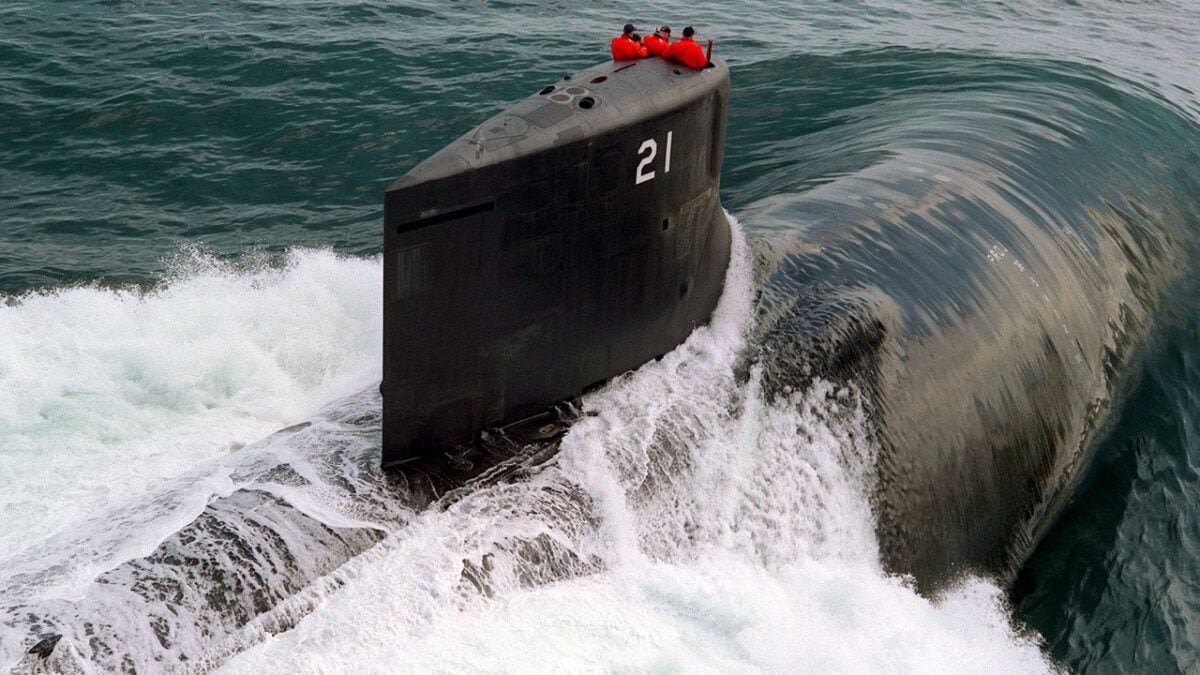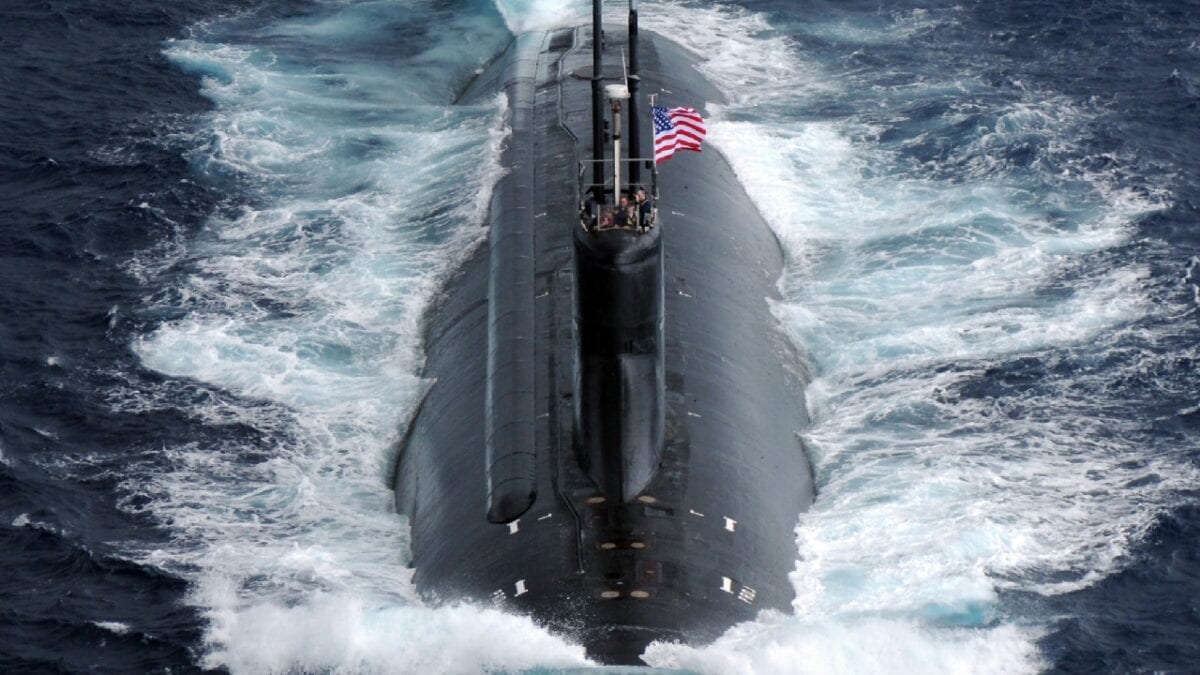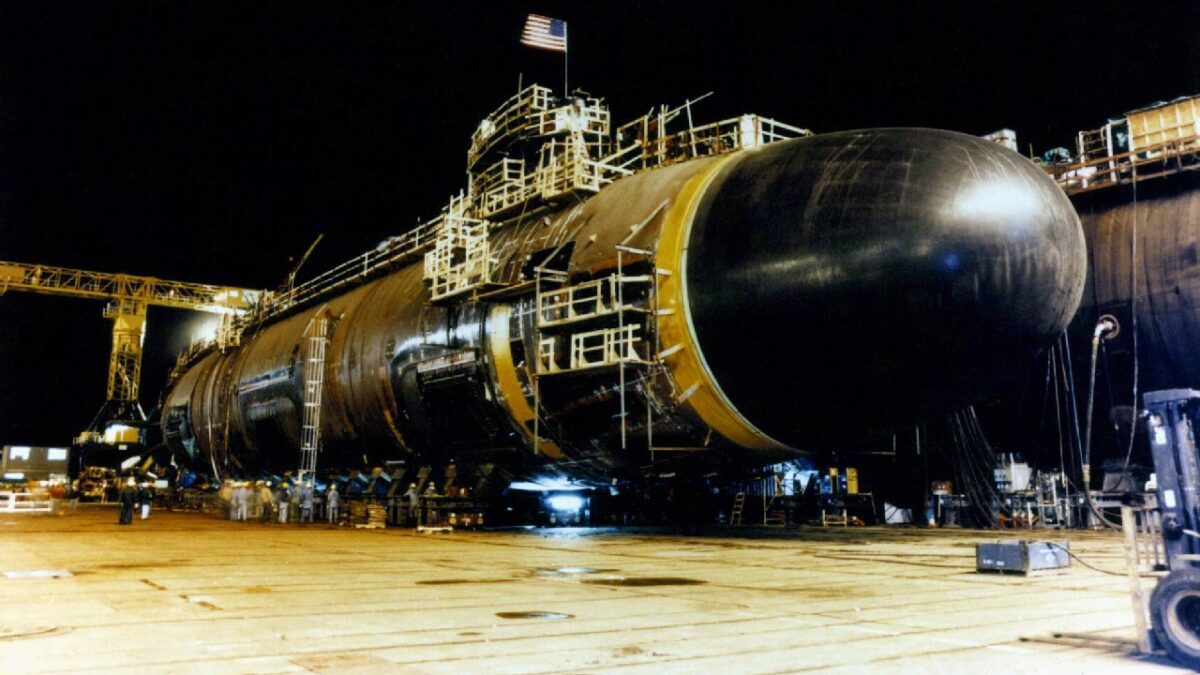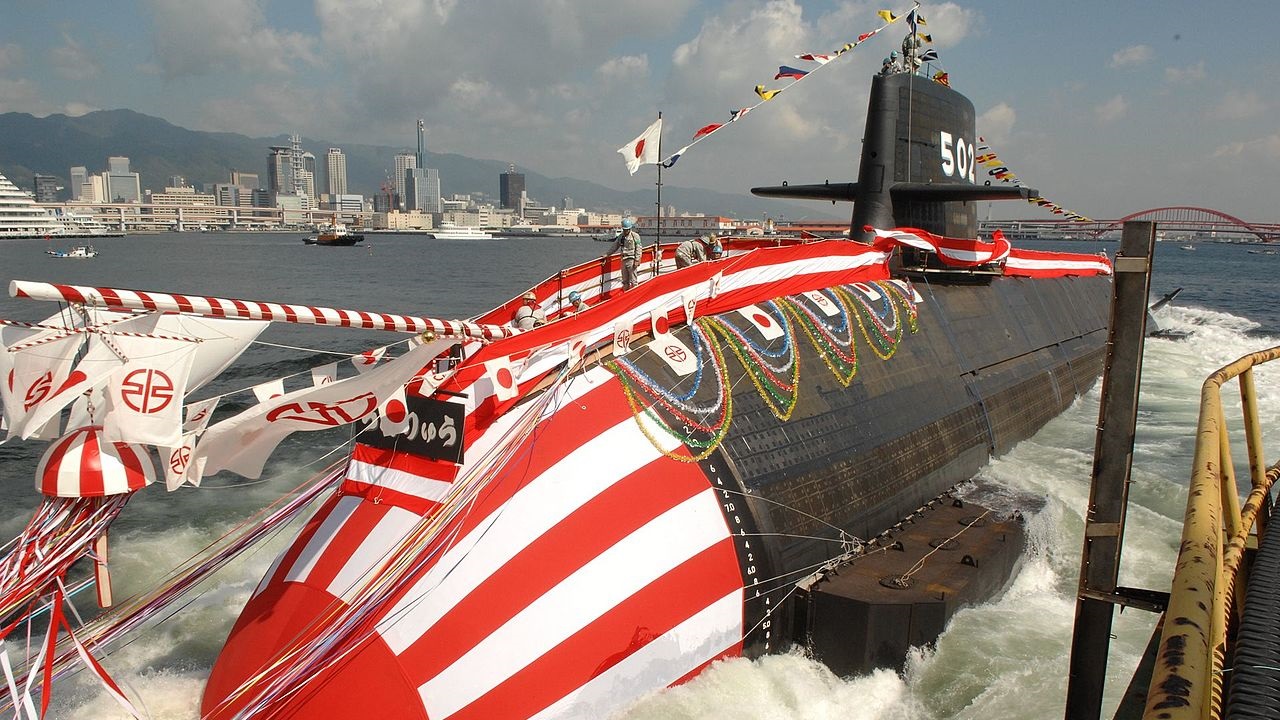One good 19FortyFive article on East Asian nations’ submarine forces deserves another … and another … and now yet another.
After having examined the submarine capabilities of USINDOPACOM region allies Taiwan and South Korea along with adversary North Korea, we shall once again look at the subs of one of America’s key Pacific Rim allies, Japan. As with Japan’s military as a whole, her submarines have not seen combat since the I-boats and RO-boats of WWII.
(Subscribe to Our YouTube Channel Here. Check out More 19FortyFive Videos Here)
Nonetheless, the Japanese Maritime Self-Defense Forces (JMSDF) maintain a high-tech and highly capable undersea fleet just in case North Korean and/or Red Chinese aggression forces Japan’s hand into breaking from the longstanding pacifistic policy.
Sōryū (16SS) Class
Most naval history buffs, upon hearing or reading the word “Sōryū” (蒼龍 / “Blue or Green Dragon”), will immediately think of the ill-fated WWII Imperial Japanese Navy (IJN) aircraft carrier that was among the four IJN carriers sunk at the Battle of Midway in June 1942. However, thanks to JMSDF, the Sōryū maritime military moniker lives on, this time in the form of a submarine class.
As noted in an article written a year ago by Raymond McConoly of Naval Post, the 16SS-class “is a diesel-electric assault submarine that is one of the best. These incredibly quiet and capable submarines are the backbone of the Japan Maritime Self-Defense Force’s submarine forces and one of the most crucial chess pieces on the chessboard in the East Pacific … The Soryu-Class is simply a modified version of the Oyashio-class with air-independent propulsion, shortly AIP. The first vessel of this class, JS Sōryū, was laid down in 2005, launched in 2007, and commissioned in 2009. The complement of the Sōryū-class is 65-person. The submarine has 84 meters [275 feet], a beam of 9.1 meters [30 feet], and a draught of 8.5 meters [28 feet]. Its surfaced displacement is 2,900 tons, while its submerged displacement is 4,200 tons.”
The Oyashio (親潮, “Parental Tide”) class diesel-electric attack boats, incidentally, were commissioned between 1998 and 2008, with nine remaining in active service and two converted to training platforms.
A total of 12 Sōryū boats have been built, all bearing a name with a variant of the root word ryū (‘dragon”). The newest in the fleet is SS-512, the JS Tōryū (“Fighting Dragon”), whose keel was laid down on January 27, 2017, was launched on November 6, 2019, and commissioned on March 24, 2021. Maximum speed whilst surfaced is 13 knots (24 kph/ 15 mph), max submerged speed is 20 knots (37 kph/23 mph), and max diving depth is 650 meters (2,132 feet). Armament consists of six 533mm torpedo tubes, capable of firing homegrown Type 89 torpedoes and American-made UGM-84 Harpoon missiles.
Taigei-(29SS) Class
The Taigei-(たいげい, “Big Whale”) class boats are the latest and greatest addition to the JMSDF sub fleet. These “Big Whales” are the direct successor to the “Blue (Green) Dragons,” with a total of seven such boats planned. Thus far, only one, the JS Taigei, (SS-513) is in active service, having been laid down on March 16, 2018, launched on October 14, 2020 – even COVID couldn’t stop this Big Whale – and commissioned on March 9, 2022. The next ship in line is the SS-514, Hakugei (はくげい,“White Sperm Whale”), launched exactly one year after the Taigei and currently undergoing sea trials, with an expected commissioning date sometime in March 2023.
The Taigei-class subs boast the same hull length and beam width as their Sōryū predecessors, but with a slightly larger draught at 10.4 meters (34 feet). Displacement will be slightly heavier at 3,000 tons and crew complement will be upped to 70 officers and enlisted seamen. Speed and max operational depth are unknown as of this writing, whilst armament consists of equipped with six HU-606 533 mm torpedo tubes wielding the same Type 89s torps and Harpoon missiles as the Sōryūs.
What really stands out about the “Big Whales” are their lithium-ion batteries. As Mr, McConoly points out, “Lithium-ion batteries have a higher energy density and thus a higher power output. If all other factors remain constant, the lithium battery-powered Taigei submarines should go farther and maintain more incredible submerged speeds than equivalent diesel-electric submarines … Currently, the JMSDF is the only naval service in the world to have this equipment deployed on a submarine. Lithium-ion batteries have nearly twice the capacity of lead-acid batteries.”
Looking forward
The last of the Taigeis is expected to be commissioned in March 2027. Between them, the Sōryūs, and the Oyashios, the JMSDF submarine fleet appear to be quite well-equipped, from a technological capability standpoint, to take on their Chinese and North Korean adversaries’ boats, even if the Japanese numbers don’t match those of the Communist navies.
Bonus: Meet the Seawolf-Class Submarine

The U.S. Navy’s newest attack submarine, USS Seawolf (SSN 21), conducts Bravo sea trials off the coast of Connecticut in preparation for its scheduled commissioning in July 1997.

The Seawolf-class fast-attack submarine USS Connecticut transits the Pacific Ocean during Annual Exercise. ANNUALEX is a yearly bilateral exercise with the U.S. Navy and the Japan Maritime Self-Defense Force.

The first of a revolutionary new class of fast attack submarine, the Seawolf (SSN-21). Shown during construction at the Electric Boat Division of General Dynamics Corporation in Groton, Conn. She was christened by Margaret Dalton, wife of Secretary of the Navy John H. Dalton, on June 24, 1995.

Seawolf-Class Submarine USS Seawolf. Image Credit: Creative Commons.
Christian D. Orr is a former Air Force Security Forces officer, Federal law enforcement officer, and private military contractor (with assignments worked in Iraq, the United Arab Emirates, Kosovo, Japan, Germany, and the Pentagon). Chris holds a B.A. in International Relations from the University of Southern California (USC) and an M.A. in Intelligence Studies (concentration in Terrorism Studies) from American Military University (AMU). He has also been published in The Daily Torch and The Journal of Intelligence and Cyber Security. Last but not least, he is a Companion of the Order of the Naval Order of the United States (NOUS). In his spare time, he enjoys shooting, dining out, cigars, Irish and British pubs, travel, USC Trojans college football, and Washington DC professional sports.

